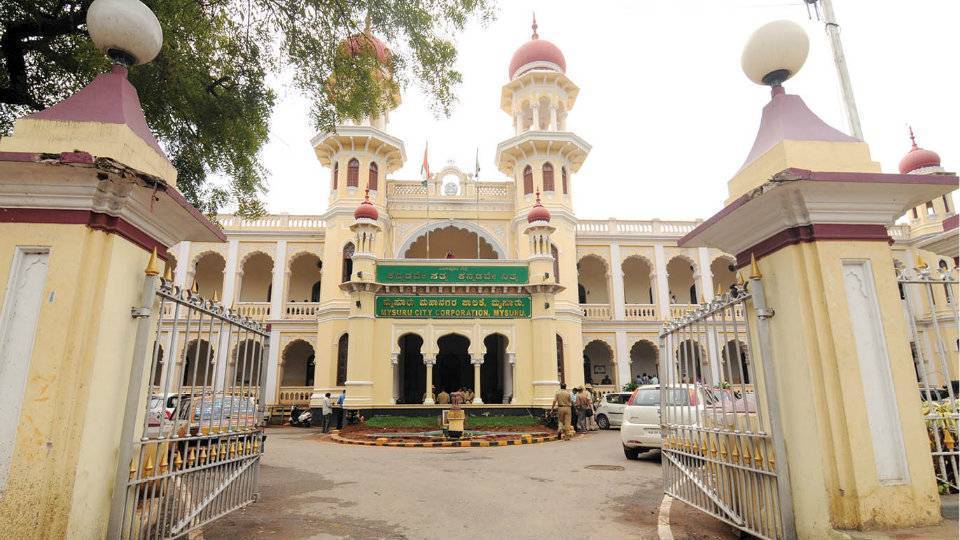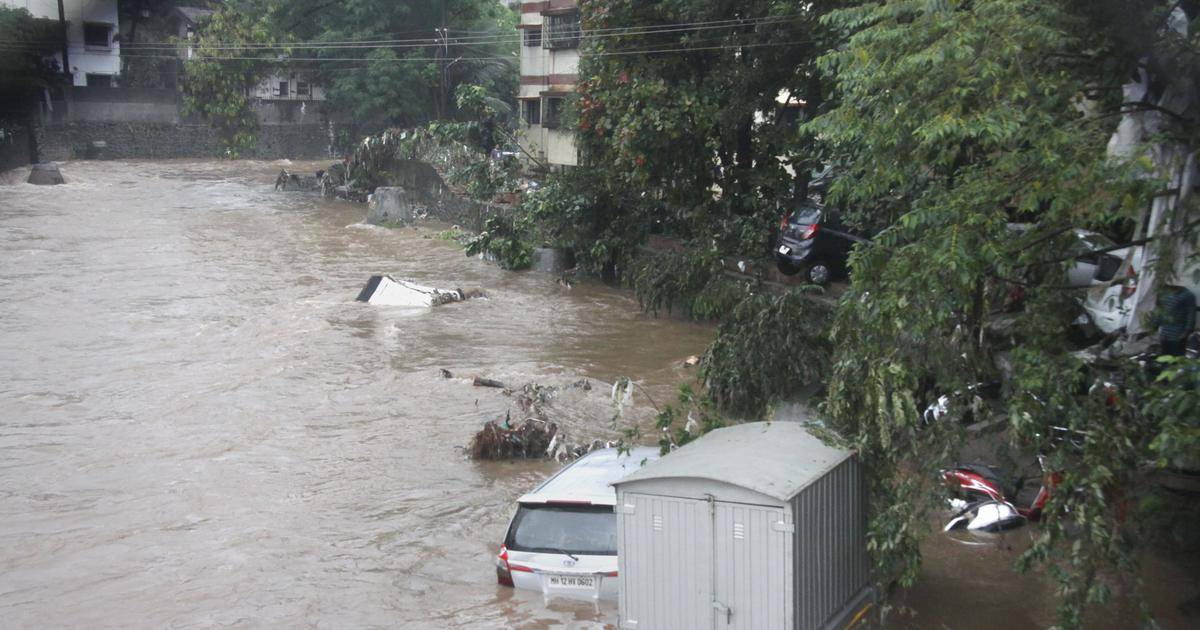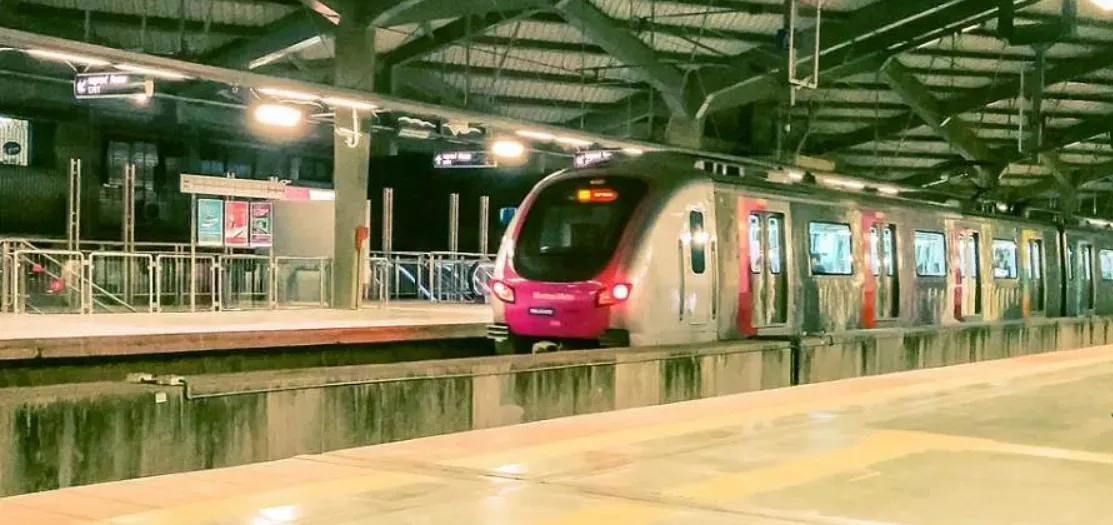The Ahmedabad Municipal Corporation (AMC) has identified a total of 14,907 residential and commercial units across 1,151 buildings in the city as structurally unsafe over a two-year period. These assessments are part of AMC’s annual pre-monsoon survey to identify buildings that pose a safety risk due to age, poor construction, or deterioration.
In 2024, AMC categorized 9,736 units within 786 buildings as hazardous. By 2025, the count had dropped to 5,643 units in 390 buildings. Although the year-on-year reduction may indicate short-term progress, the cumulative figures underscore a long-standing issue with aging and structurally deficient structures across various parts of the city.
The data reveals regional disparities in structural stability. The Northwest Zone recorded the highest number of unsafe buildings and units, with 4,242 units spread across 374 buildings. The Eastern Zone followed closely with 4,799 units in 327 buildings. In the Central Zone, 317 buildings were flagged, affecting 939 units. These zones, which include some of the older neighborhoods in Ahmedabad, continue to face challenges related to building age, lack of repairs, and delayed redevelopment.
An AMC official, speaking on condition of anonymity, said that buildings are identified through visual inspection and stability assessments. Once a building is marked unsafe, notices are issued to residents and building owners. In many cases, residents delay vacating the premises until formal redevelopment plans are in place. In cases where the structure is deemed extremely hazardous, AMC officials proceed to seal the premises and evacuate occupants forcibly. The corporation has undertaken demolitions of such buildings as part of its pre-monsoon risk mitigation drive.
Legal complications and disputes have made enforcement difficult, particularly in areas of the old city where tenancy laws are complex. “Frequent building collapses have occurred in these zones. Despite legal notices and safety measures, disagreements between property owners and tenants result in delays to evacuation and demolition,” a source within AMC stated.
The issue becomes particularly sensitive during major public events such as the annual Rath Yatra. This year, the AMC expedited demolitions of structures along the route in order to mitigate any immediate threat to public safety. Such targeted actions, however, only offer temporary relief and highlight the need for a long-term structural renewal strategy.
Western Ahmedabad, though relatively newer compared to the older city, is not exempt from such concerns. Several housing societies developed during earlier phases of urban expansion are showing signs of distress. Among these are colonies under the Gujarat Housing Board, some of which have received redevelopment approval, while others await clearance or coordination among stakeholders. Aging infrastructure and limited maintenance have been cited as causes of concern in these areas.
Following a series of fatal collapses in the past, the Gujarat state government mandated structural stability certification for buildings older than 15 years. The directive was issued to ensure that periodic assessment becomes part of building management. However, compliance has largely remained superficial. While thousands of notices have been issued, effective follow-up or enforcement action has been limited. Residents often disregard notices, and structural audits are conducted without meaningful repair or demolition activity afterward.
Ahmedabad’s history of building collapses includes multiple deadly incidents. On February 3, 2008, the collapse of Shakunt Hotel near Kalupur railway station resulted in 16 fatalities and left nine people injured. On January 28, 2011, a collapse in Sodagar’s Pol in Kalupur led to the deaths of five individuals. In 2018, a housing block in Odhav fell, resulting in one casualty. In another incident in 2019, three people lost their lives when a house in Amraiwadi’s Bungalow Chali collapsed.
Despite such incidents, progress in policy implementation has been slow. Urban safety experts have pointed out that municipal corporations across Indian cities struggle with overlapping jurisdictions, lack of structural audit enforcement, and difficulties in tenant-owner coordination for redevelopment. Ahmedabad, with its mix of old city areas and post-independence housing clusters, continues to face these structural governance limitations.
The AMC’s pre-monsoon survey is one of the few preventive steps currently institutionalized to reduce collapse risk. Yet, unless backed by continuous monitoring, legal reform, and redevelopment support mechanisms, the effort may not be sufficient to mitigate long-term risks. With over 14,900 unsafe units identified in just two years, the scope of structural distress in Ahmedabad’s built environment remains significant and requires sustained public policy and administrative attention.









.png)